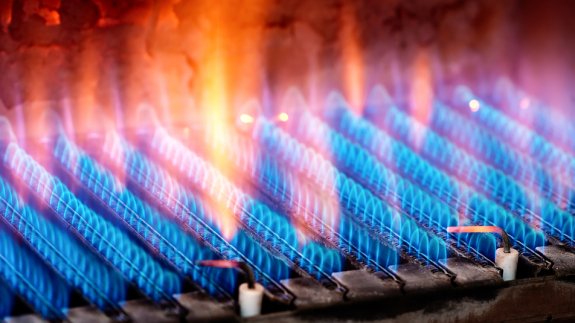New technology to convert waste heat into power could save California up to $385 million (£304.1m) per year.
That’s according to researchers working on a new partnership project between the Lawrence Berkeley National Lab and waste heat recovery firm Alphabet Energy.
The scientists involved are developing a cost-effective thermoelectric recovery system to harvest exhaust heat from engines, furnaces and other sources and convert it to useful energy, without generating additional greenhouse gas emissions.
However, most current thermoelectric materials are limited by several factors, including high cost, low efficiency rates of around 5% and the inability to operate reliably at temperatures above 400°C.
The new project is working to overcome these barriers – it hopes to use silicon nanowire arrays to achieve conversion efficiencies of above 10%, with the ability to operate in conditions of up to 800°C.
The project is being supported with a $2 million (£1.58m) grant from the California Energy Commission.
With an estimated 763MW of potential waste heat energy in the state alone and a national potential of approximately 15,000MW, such a system could reportedly save California 3.2 million MWh of power per year.
Vi Rapp, Mechanical Research Scientist at the Berkeley Lab, said: “With the increase in efficiency, other market opportunities in waste-heat-to-power could be accelerated.
“For example, an advanced thermoelectric system could improve remote power generation technology, bringing electricity to places without grid access or reliable solar energy.”
A new district heating task force has been launched to solve challenges faced by the sector.





